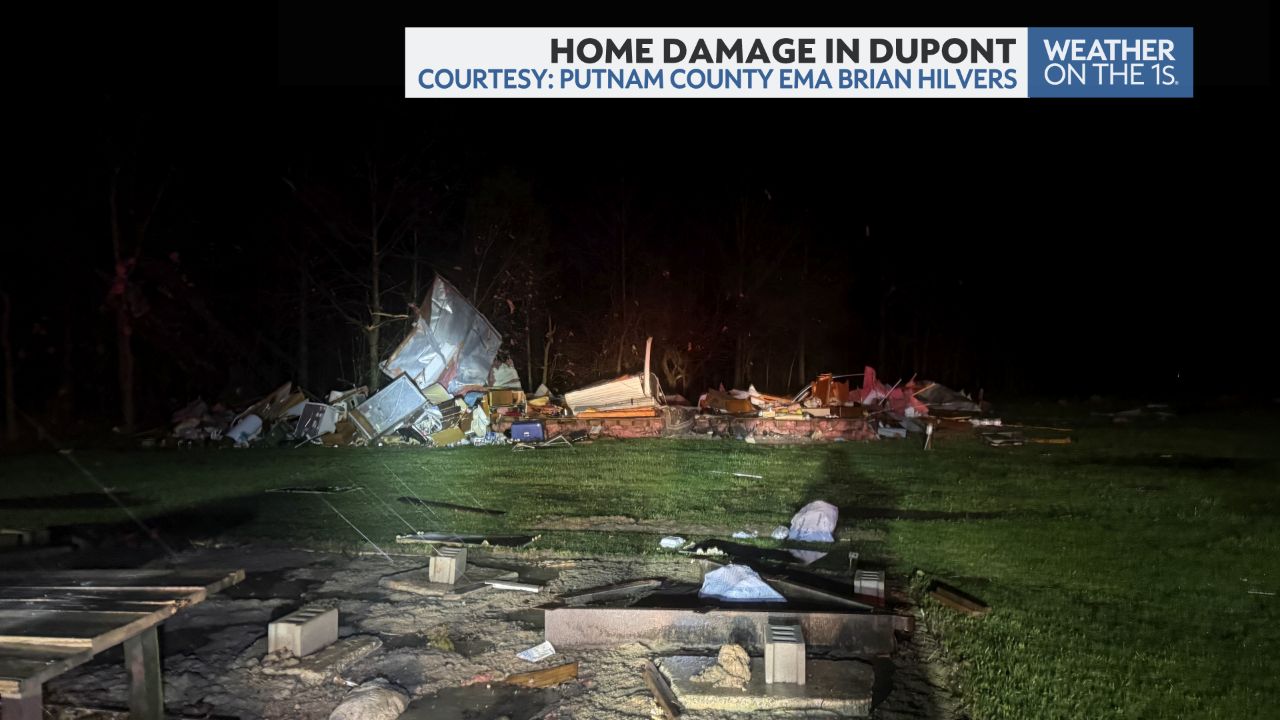CLEVELAND — Earlier this week, the Greater Cleveland Congregations hosted a public hearing to discuss discretionary juvenile bindover — the process where incarcerated youth are transferred from the juvenile justice system to the adult system.
The discretionary element means that judges consider multiple factors in making the decision whether or not a youth is bound over.
Rory Riley-Topping, a legal analyst for Spectrum News, explained more.
“So when you introduce elements of discretion, typically you’re allowing judges to take additional factors into account such as the juvenile offender’s background, mental health, things of that nature,” Riley-Topping said.
Greater Cleveland Congregations presented research showing more Black and brown youth were being bound over in Cuyahoga County. Riley-Topping said law enforcement could have a hand in those numbers.
“As a foundation, that’s something that is important to look at if there’s a disproportionate impact on black youth versus white youth,” she said.
She said it could also be because of biases judges may have.
“Most judges will tell you that race isn’t something that they would take into account, but it is possible that they have their own implicit biases that impact their judging decision,” she said.
Greater Cleveland Congregations wants to reform the bindover process and Riley-Topping thinks it is possible.
“Yes you can change the bindover process in and of itself, but if you’re not reforming the law enforcement process that’s feeding the juvenile justice system, you’re only going to be so success in achieving any sort of reform,” she said.
Greater Cleveland Congregations wants Cuyahoga County to take part in helping solve this issue in the juvenile legal system










